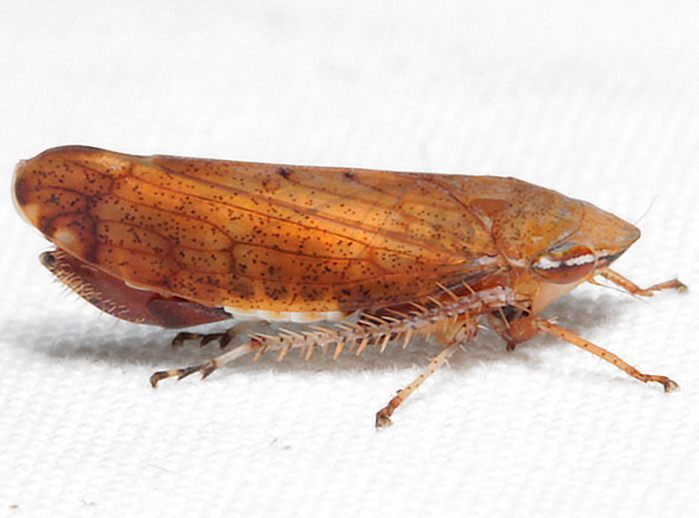| Family (Alpha): | |||
« |
 » » |
| CICADELLIDAE Members: | NC Records | |||||
|---|---|---|---|---|---|---|
Fieberiella florii - Privet Leafhopper | ||||||
 © Ken Childs- female; the white band around the abdomen is barely visible |  © Ken Childs- note fine black dots |  © Ken Childs- color variation |
|
Hoppers of North Carolina: Spittlebugs, Leafhoppers, Treehoppers, and Planthoppers |
| Family (Alpha): | |||
« |
 » » |
| CICADELLIDAE Members: | NC Records | |||||
|---|---|---|---|---|---|---|
Fieberiella florii - Privet Leafhopper | ||||||
 © Ken Childs- female; the white band around the abdomen is barely visible |  © Ken Childs- note fine black dots |  © Ken Childs- color variation |